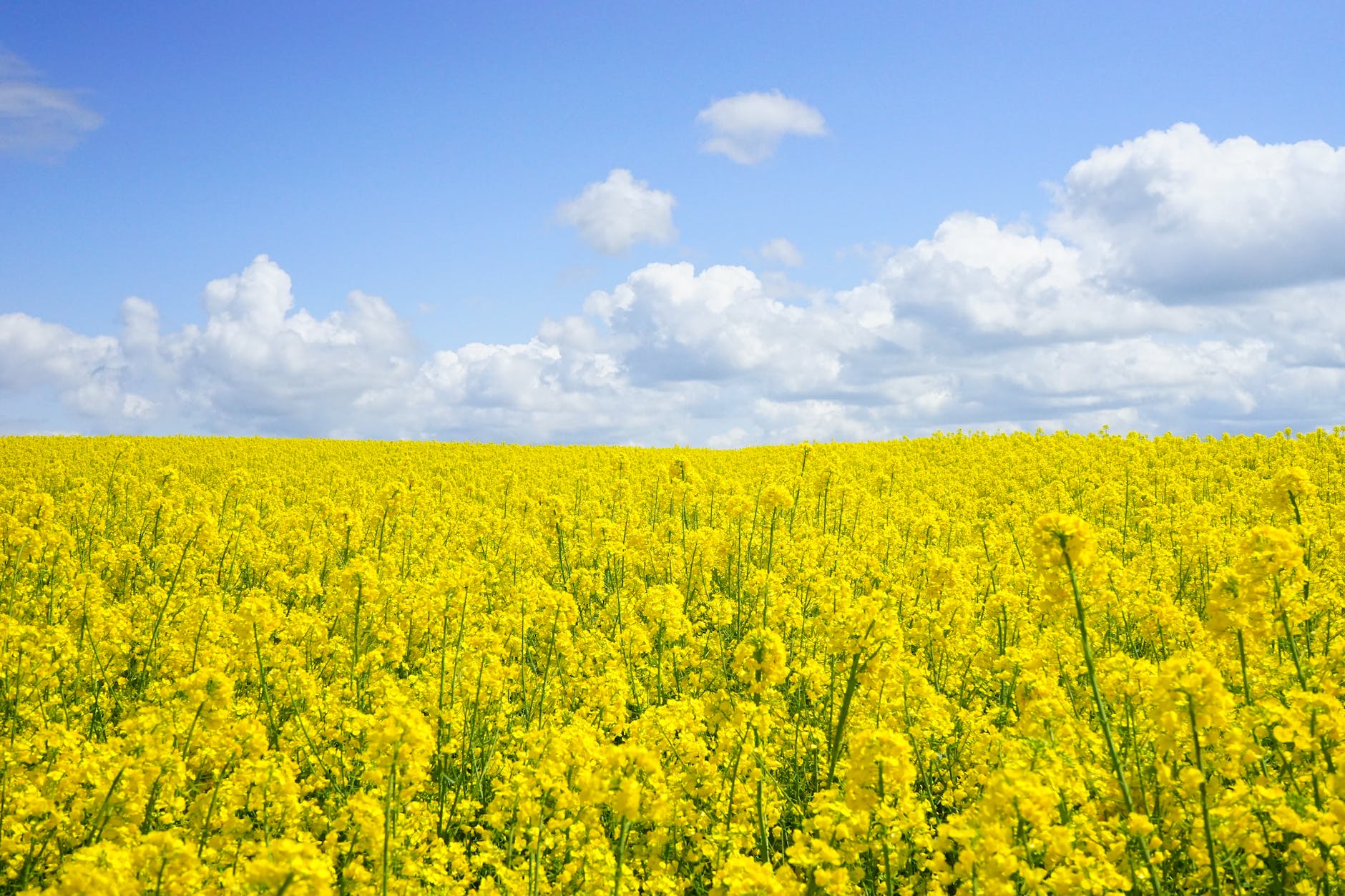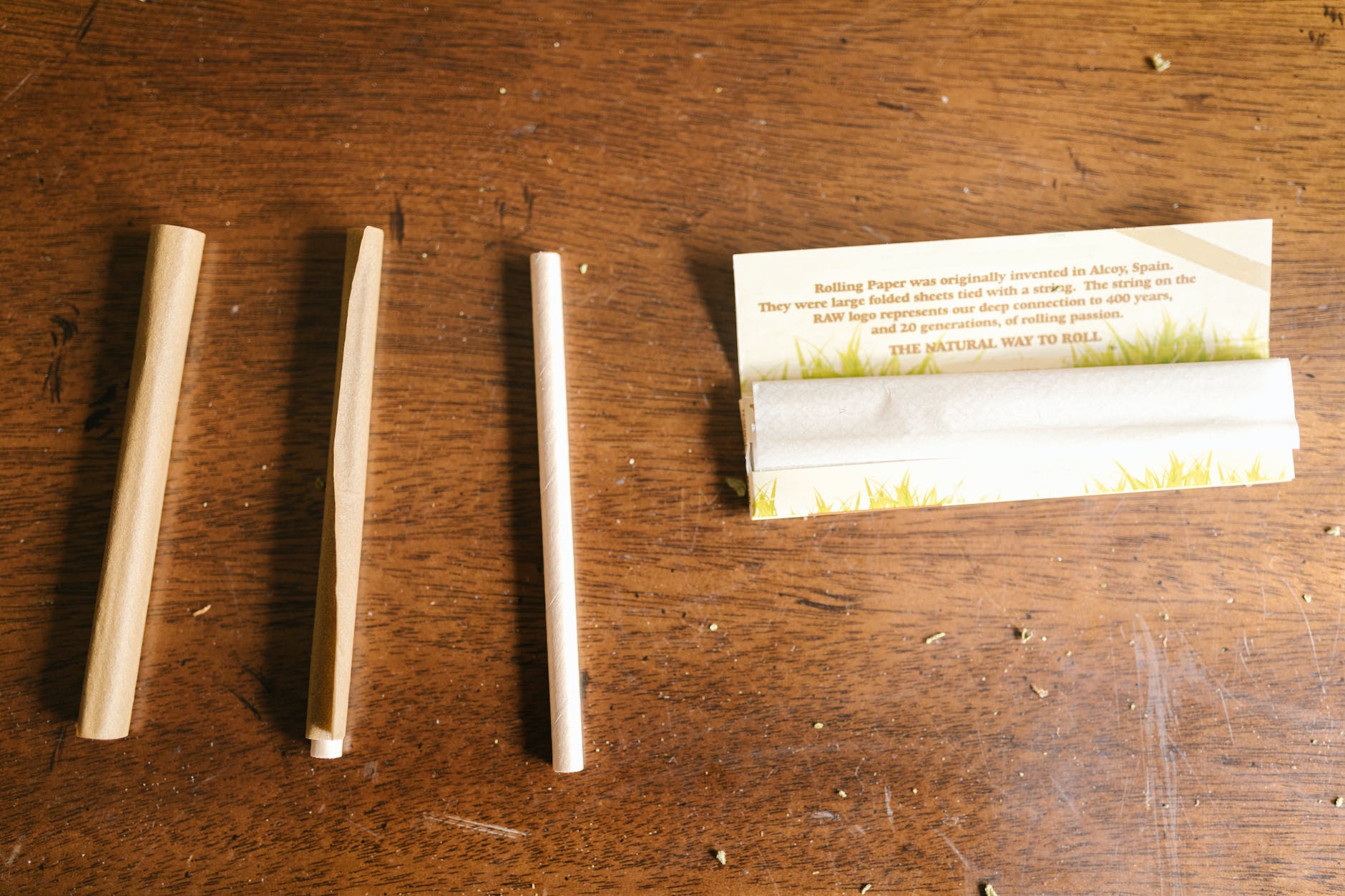In recent years, with the influx of legalization and the increasing popularity of cannabis culture, more and more people are interested in learning how to grow their own cannabis plants. From indoor growing operations to outdoor gardens, there is a multitude of ways to cultivate your own personal crop. This guide will help you navigate the basics of cannabis cultivation, from the initial decision to grow to the final stages of harvesting.
Before You Begin: Choose Your Method
There are two primary methods for growing cannabis: indoor and outdoor growing. Each has its advantages and disadvantages, so consider which option best aligns with your particular needs, resources, and environment.
Indoor Growing: Indoor growing provides the greatest control over the environment and allows year-round cultivation—a particularly attractive benefit for those living in colder climates. Indoor growing also allows growers to employ hydroponic systems, which can increase yields and efficiency. However, this method can be more resource-intensive, requiring artificial lighting, proper ventilation, and sometimes a hefty electricity bill.
Outdoor Growing: Growing cannabis outdoors can be a simpler, more cost-effective option compared to indoor cultivation. Relying on natural sunlight and the earth’s nutrients, outdoor cannabis plants can grow larger and produce more substantial yields. However, outdoor growing comes with a different set of challenges, such as unpredictable weather, fluctuating temperature and humidity levels, and increased vulnerability to pests. Outdoor cultivation is also restricted to warm months with longer daylight hours.
Get Growing: Seeds vs. Clones
Once you’ve determined your cultivation method, it’s time to choose your starting material: seeds or clones.
Seeds: Germinating cannabis seeds is the most straightforward way to begin your cannabis growing venture. There are various ways to germinate seeds (e.g., paper towel method or placing seeds directly into the soil), but the key factor is maintaining a sterile environment. There is also a wide variety of cannabis seed strains to choose from, giving you the opportunity to select the best strain for your preferred method and desired effects.
Clones: Cloning is the process of cutting off a healthy shoot from an existing cannabis plant and letting it root. This can be a more cost-efficient method, as the clones inherit the characteristics of the mother plant, meaning they will grow into identical plants. Although clones may require a bit more care throughout the process, they can save the time necessary for germination and ensure gene consistency.
The Cultivation Process: Soil, Hydroponics, Lighting, and More
Once you have your cannabis seeds or clones, you need to determine the specifics of your growing setup. Here, we’ll briefly cover the significant factors to consider in the cultivation process.
Soil: Many first-time growers choose soil as their growth medium, as it is a forgiving method with lower costs. The key to successful soil growing is choosing a high-quality soil mix and adding the right nutrients to ensure proper growth and development. If growing outdoors, prepare your soil by tilling in the spring and consider adding organic amendments such as compost, worm castings, or bat guano.
Hydroponics: For those looking to take their cannabis cultivation to the next level, hydroponic systems can be a worthwhile investment. Hydroponics involves growing plants in nutrient-rich water solutions rather than soil, allowing for faster growth and higher yields. The initial cost and increased complexity can be deterring factors, but the benefits often outweigh these potential drawbacks.
Lighting: If you’re growing cannabis indoors, it’s crucial to provide your plants with the right amount of light. A high-quality LED, HID, or Fluorescent lighting solution is essential for proper growth and flowering. The amount of light needed varies throughout the plant’s life cycle, with vegetative plants typically requiring around 18 hours a day and flowering plants needing 12 hours of light and 12 hours of darkness.
Harvesting: The final stage in the growing process is harvesting your plants. It’s essential to monitor your plants closely during the flowering stage and watch for signs that they are ready for harvest. These signs vary depending on the strain but typically include when about 50%-70% of the pistils (long, hair-like) have changed color from white to brown. For more precise timing, examine the trichomes (microscopic, mushroom-shaped glands) under a microscope. When they turn from clear to cloudy or amber, it’s time to harvest.
Growing your own cannabis may seem daunting at first, but with some patience, research, and trial-and-error, you can enjoy the fruits of your labor. As a cultivator, you’ll have full control over your plants, from the strain selection to the final product. Happy growing!

